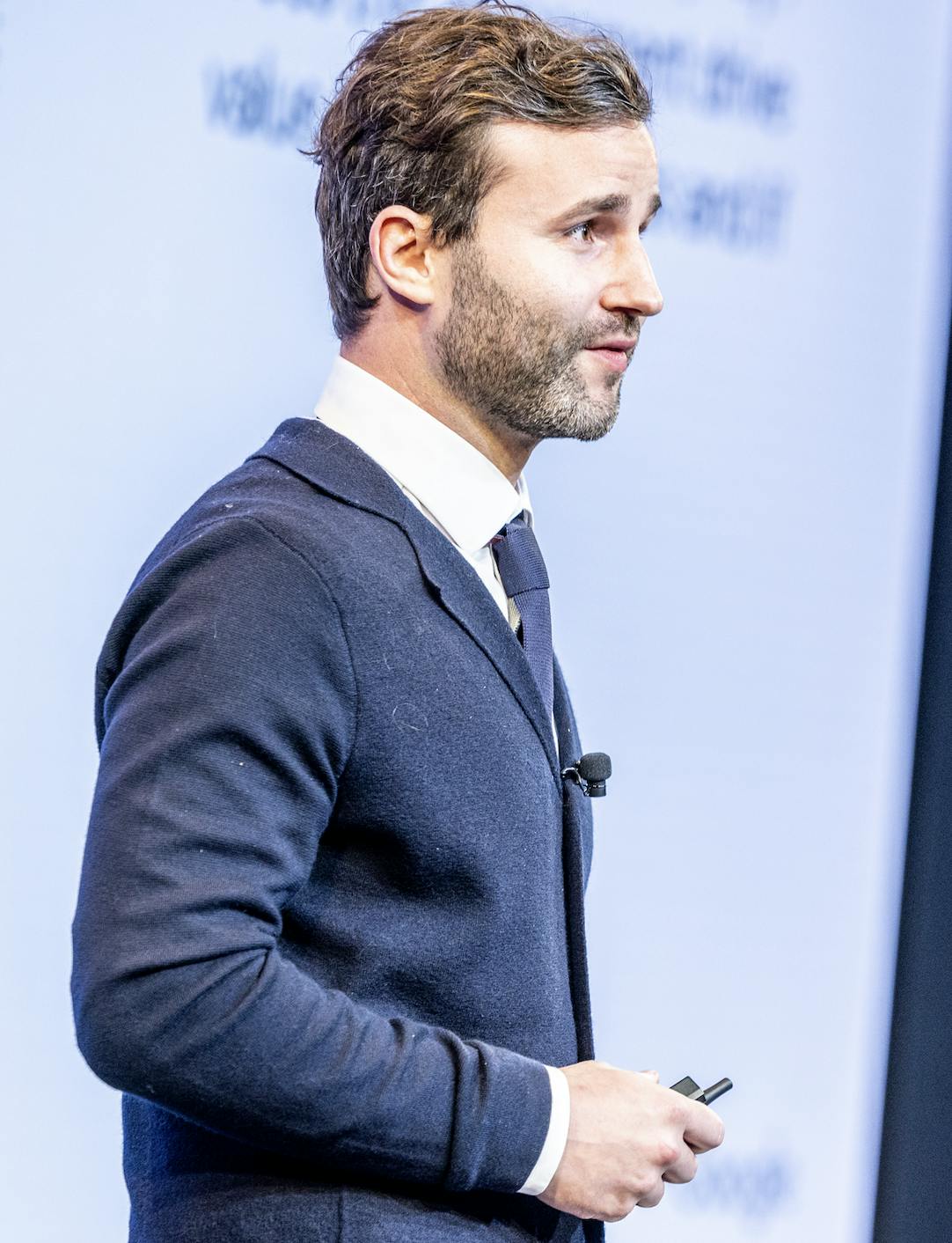2025-09-10
The iOS update isn’t the story: Why brands need an operating model for disruption
It always starts with the same question. A client pings their agency: “Another iOS update is coming soon. Should we be worried about our measurement?”
It’s a fair question. And for years, the answer meant hours to days of scrambling where analysts scour developer blogs, industry posts, debating internally, and hoping "the god of measurement," Simo Ahava, wrote a blog on the topic, just to form a point of view. By the time advice reaches the client, it's gone through rigorous debates, and so much time that the landscape most likely already shifted again. (Obviously, I am overemphasizing here, but you get the idea.)
That cycle is the challenge. The issue isn’t the latest iOS update. Or Chrome. Or whatever privacy patch comes next. The real disruption is the constant, unpredictable pace of change itself. So how do we break the cycle and turn constant disruption into an advantage, how do we get ahead of this curve?
From reacting to operating
Most agencies were designed for a slower world with siloed specialists. That model creaks under pressure when every quarter brings a new curveball. While some try to solve this by acquiring disparate capabilities, a high-risk "buy" strategy, the winning approach is to build a truly integrated system from the ground up.
What brands need now isn’t a reactive partner, but a strategic orchestrator with an operating model built for disruption, one that absorbs uncertainty, processes it quickly, and translates it into a clear, actionable strategy.
Proof in practice: A Human+AI Operating System
At Jellyfish, we call this model our Human+AI Operating System. We’re piloting it with Google’s AgentSpace, building specialized AI agents that collaborate with our experts to accelerate answers and standardize quality.
The process looks like this:
- Research: AI agents analyze articles and technical sources in under ten minutes.
- Synthesis: Tools like NotebookLM distill findings into a living “OS Update Intelligence Center.”
- Strategy: Our experts use these insights to frame the implications for brands, turning research into guidance.
Here’s the difference:
- Before: A single client question could consume days of analyst time. Research was manual, answers varied by team, and the guidance often arrived late.
- Now: AI agents handle the heavy lifting, scanning credible sources in minutes and synthesizing findings. This frees our human experts to focus on what machines can’t: interpretation, creativity, and high-value strategic decisions.
The result: responses that once took days now take minutes, without sacrificing accuracy or rigor.
What the analysis shows
Applying this model to the question of the latest OS update, the system didn’t trigger an alarm. It clarified our strategic direction. Our analysis confirmed that the path forward is a strategic shift towards more resilient measurement methodologies:
- Server-Side Tracking (CAPI): By sending conversion data directly from a server to advertising platforms, we create a more durable data signal in a world where client-side tracking is eroding.
- First-Party Data: As third-party signals weaken, a direct, consensual relationship with customers becomes the most critical asset for personalization and targeting.
- Marketing Mix Modeling (MMM): When you can no longer track every user journey individually, MMM allows us to statistically measure the incremental impact of each marketing channel on overall business outcomes, without relying on user-level tracking.
The bigger takeaway for brands
For CMOs, the lesson isn’t just what one iOS update means. It’s that these updates will never stop coming.
Brands that keep reacting piecemeal will always feel behind. The ones that thrive will be those that:
- Partner with organizations that treat disruption as raw material, not a crisis.
- Embrace operating models that make teams faster, smarter, more secure, and more adaptive.
- Build measurement strategies on durable foundations like server-side data, first-party relationships, and MMM.
Agencies and brands that build adaptive operating systems will turn every update into an advantage. Those that don’t will always be catching up.
That’s the shift happening now. And it’s the one worth paying attention to.
